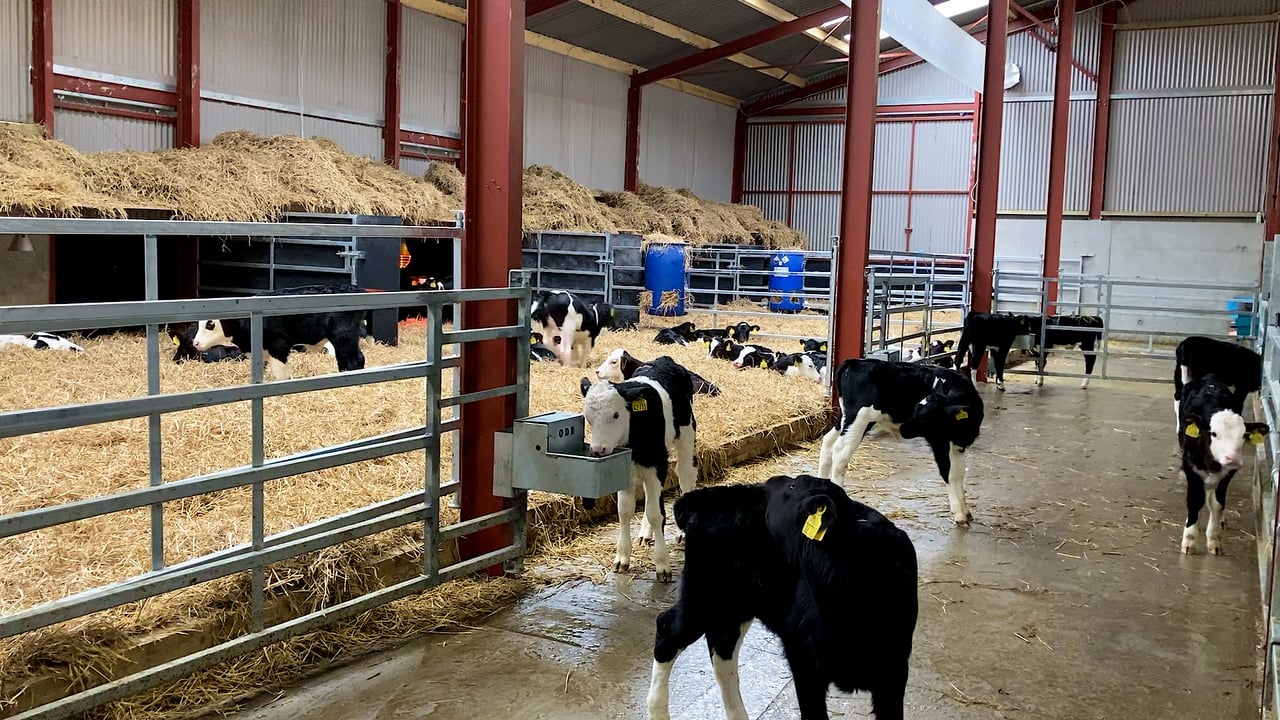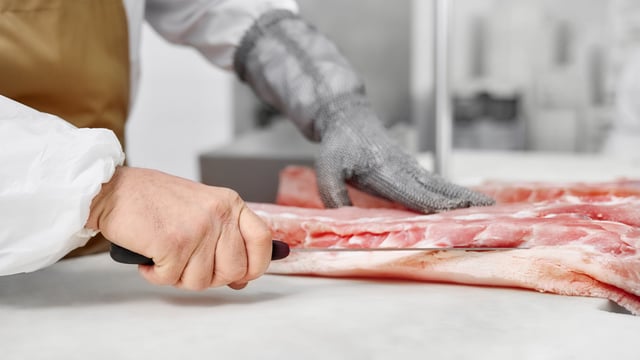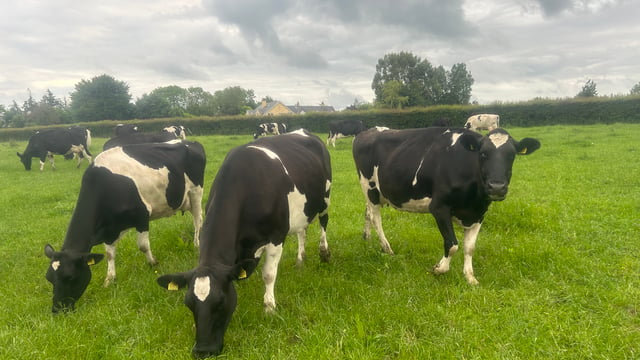Water and concentrate feeding is key to calf rumen development
With autumn calving is well and truly underway, focusing on the rumen development of young calves is a crucial aspect to the calving season.
Rumen development is a key objective of calf rearing and ensures the health and thrive of your future replacement heifers and aid in getting non-replacements fit for sale in a shorter space of time.
This calving season, it is important to ensure that the calf shed is set up for easy management, calf comfort, and has good air flow to allow fresh air in and old, stale air out.
The two key ingredients to successful rumen development are concentrate feeding and water, and the sooner these ingredients are made available to the calves, the sooner the rumen starts developing, leading to healthier calves and earlier weaning off milk.
Rumen development
Freshly born calves are on a milk-only diet, as they are essentially monagastrics before their rumen starts to develop, and all colostrum, milk and milk replacer is digested through the abomasum.
The rumen only accounts for 25% of the digestive tract when calves are first born, but, when it is fully developed, it makes up 70%.
At this stage, the rumen is not capable of digestive action and the calf depends on colostrum, milk, or milk replacer as a source of nutrition.
The rumen must be developed to become active and the transition phase should be between four and eight weeks of life, when the rumen begins to take over as the main point of digestion.
By week 12, the rumen should be fully developed and capable of eating and digesting a a diet similar to an older animal but this is not going to occur without the gradual introduction of hay, straw, concentrates, and water.
The early introduction of calf starter is key in prompting the development of bacteria in the rumen, as calf starter contains carbohydrates in the form of starch which is broken down to volatile fatty acids (VFAs) through bacterial fermentation.
A freshly born calf's rumen does not contain any bacteria, and so the bacteria that makes up the rumen comes from the environment and the feed that the calf eats.
Acetic and propionic acid are important sources of energy for calf growth, but it is the butyric acid that drives the development of the rumen as it is used as the main energy source by the rumen wall cells.
VFAs in the rumen reduce the pH, providing ideal conditions for bacteria to digest starch to produce more propionic and butyric acid to provide more energy for rumen development and growth.
This fresh calf starter should be made available from three days-of-age to start the rumen development process.
Providing straw or hay is also advisable, as they are a good source of fibre and will promote the growth of the rumen’s muscular layer and improve the health of the rumen lining.
The muscular movement also helps mix the contents within the rumen for greater digestion. When the calf chews the cud, it also produces saliva which helps buffer the rumen.
Water
The importance of calves having access to fresh water at all times with numerous access points cannot be understated.
Provide fresh, clean water from day one that is always accessible. If there are more than 20 calves in a pen, two water troughs should be accessible.
Often farmers think because the calves are getting milk that they are staying hydrated, but calves need water in excess of that contained in milk or milk replacer.
Liquid in the rumen is also an essential element of bacterial production, so having free access to water is important in the development of the rumen. Without adequate amounts of water, bacteria will not grow, which hinders ruminal development.
The water needs to be fresh and coming from clean pipes and available from three days-of-age.
Ensuring the calves have this access to water will increase their weight gain, help to promote the intake of starter concentrate and also aids in reducing the incidences of scours and calf bloat.





